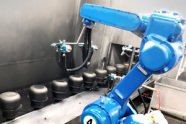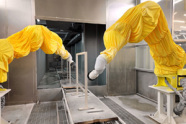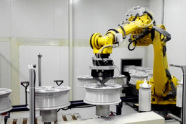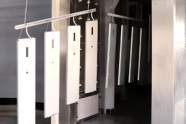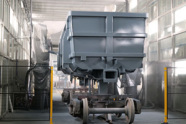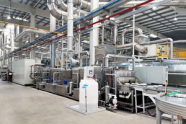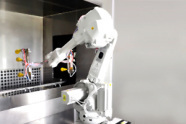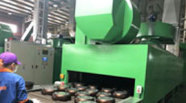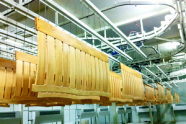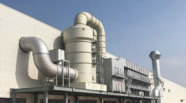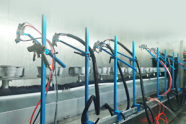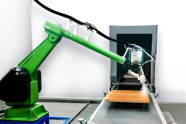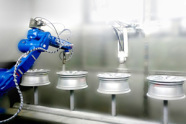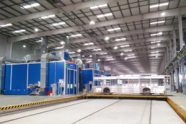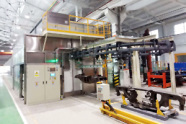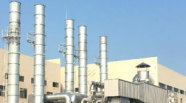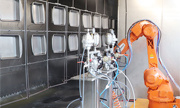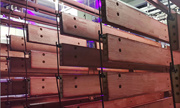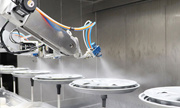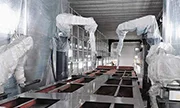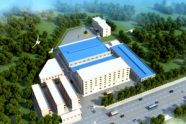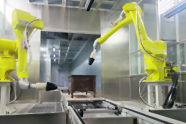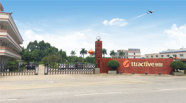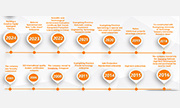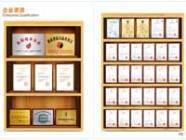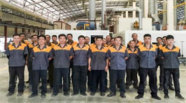All categories
Related News
13
2025
-
11
Seeking an energy-efficient curing oven for your coating line?
Author:
Chuangzhi Coating

1. High-Efficiency Curing Systems: Heat Recovery for Recyclable Use
- Flue gas waste heat recovery: A titanium alloy heat exchanger is installed at the air outlet of the furnace body to transfer heat from high-temperature flue gas (300-400℃) to fresh air, preheating the air entering the furnace chamber to above 200℃, replacing traditional electric heating or natural gas direct combustion, and reducing energy consumption for furnace heating by 60%. Measured data from an auto parts enterprise shows that after transformation, the hourly natural gas consumption of the curing oven decreased from 90m³ to 35m³;
- Furnace body insulation: Adopting a "silicate fiber + aerogel" composite insulation layer (180mm thick) with a sealed furnace door design, the surface temperature of the furnace body is controlled within 45℃, and the heat loss rate is reduced to below 8%, further reducing energy consumption by 15% compared with ordinary curing ovens;
- Secondary utilization of condensation heat: Medium-temperature flue gas (120-180℃) after primary recovery enters the condensation heat exchange device to heat the degreasing solution in the pretreatment tank (from room temperature to 55℃), meeting the temperature requirements of the pretreatment process and reducing energy consumption of independent heating equipment.
2. Intelligent Temperature Control Technology: Adapting to Multiple Processes Without Sacrificing Quality
- Zoned temperature control: The furnace body is divided into 3-5 independent temperature zones, each equipped with an infrared thermometer and PID controller, which automatically adjust the temperature (accuracy ±2℃) for different parts of the workpiece (such as corners and planes), avoiding energy waste caused by "over-curing";
- Dynamic adaptation to production capacity: Linked with the coating line conveying system, when the number of workpieces decreases, it automatically shortens the length of the heating zone and reduces fan power, reducing empty furnace energy consumption by 40%; enters heat preservation mode (maintaining a basic temperature of 100℃) during changeover, shortening restart heating time from 40 minutes to 15 minutes;
- Process template storage: Built-in 200+ industry process templates, with one-click parameter calling (e.g., 180℃ for powder coatings, 160℃ for water-based coatings), avoiding repeated heating and cooling during manual debugging. After application by a furniture enterprise, energy consumption during changeover was reduced by 55%.
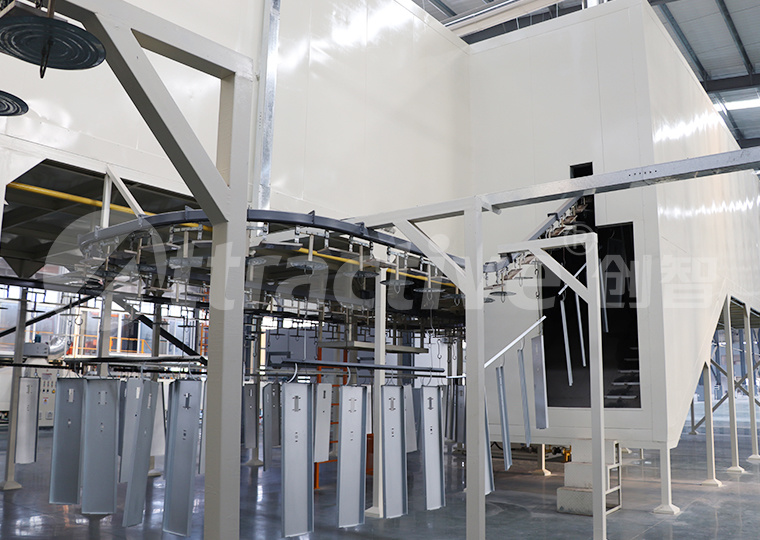
3. Synergy of Energy-Saving Equipment for Coating Lines: Amplifying Energy-Saving Effects Across the Chain
- Linkage with variable frequency fans in the spraying booth: Adjusting the spraying speed according to the production rhythm of the energy-efficient curing oven to avoid idle operation of the curing oven due to workpiece accumulation;
- Linkage with the heating system of pretreatment tanks: Using condensation waste heat from the curing oven to supply heat required for pretreatment, reducing the startup frequency of gas-fired boilers;
- Linkage with the central control system: Real-time collection of energy consumption data from the high-efficiency curing system (such as natural gas consumption and electric power), generating energy-saving analysis reports to provide optimization suggestions for management.
4. Multi-Industry Implementation: Customized Solutions Based on Needs
- Automotive industry: For 24-hour continuous production scenarios, a high-efficiency curing system with alternating dual furnaces is designed, with a single furnace processing capacity of 50 pieces/hour and a heat recovery rate maintained above 80%;
- Furniture industry: Small energy-efficient curing ovens are customized for intermittent production of metal tables and chairs, equipped with a rapid heating module (reaching 180℃ from room temperature within 5 minutes) to meet the small-batch and multi-frequency production rhythm;
- Building materials industry: For long strip aluminum profiles, tunnel-type energy-efficient curing ovens are designed, with furnace length customized on demand (6-15m), combined with chain variable frequency conveying, reducing unit energy consumption to 0.3kW·h/m.
Conclusion
Next Page

